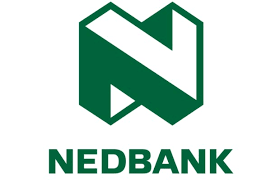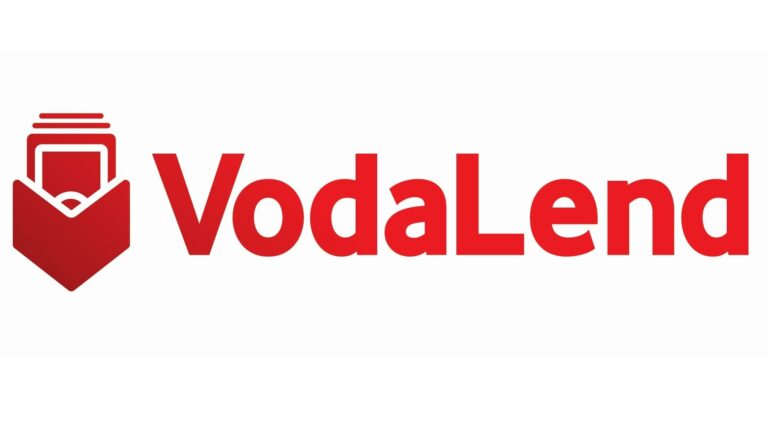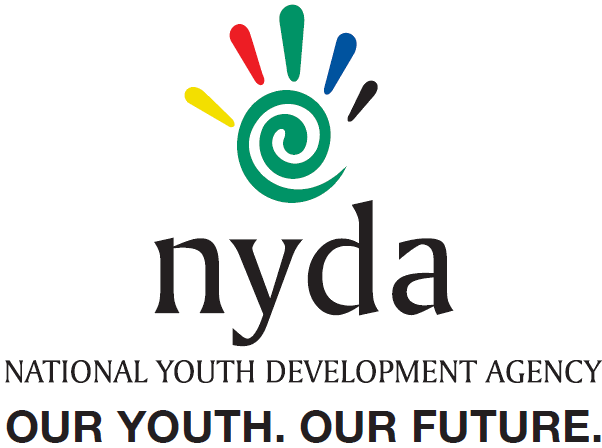NAC Stimulus Programme: Presidential Employment Stimulus – A Detailed Guide
As South Africa continues to face significant economic challenges, the government has launched various initiatives aimed at reducing unemployment and promoting economic recovery. One such initiative is the Presidential Employment Stimulus, a key part of South Africa’s efforts to combat unemployment and support sectors affected by the COVID-19 pandemic. Within this framework, the NAC Stimulus Programme plays a crucial role in empowering individuals, businesses, and communities through targeted interventions that stimulate job creation and skills development.
In this article, we will explore the NAC Stimulus Programme under the broader Presidential Employment Stimulus initiative for 2026. We will cover its objectives, how it operates, who is eligible to participate, and how to apply for this vital programme. If you’re looking to understand how this programme can benefit you or your business, this guide is for you.
What is the NAC Stimulus Programme?
The NAC Stimulus Programme is a strategic initiative aimed at addressing the effects of the COVID-19 pandemic on the South African economy, particularly within sectors that have been hard-hit, such as arts, culture, and heritage. The programme forms part of the Presidential Employment Stimulus (PES), a broader national effort to provide short-term employment opportunities, boost economic activity, and support vulnerable industries.
Funded by the South African government, the NAC Stimulus Programme specifically targets the National Arts Council (NAC) and its efforts to stimulate employment in the cultural, creative, and arts sectors. The programme aims to assist individuals, companies, and organizations within the arts and culture industry by providing financial relief and supporting initiatives that help rebuild and grow the sector.
Key Goals of the NAC Stimulus Programme:
- Job Creation: To generate immediate employment opportunities in the arts, culture, and heritage sectors for individuals and organizations.
- Economic Recovery: To stimulate economic recovery by supporting businesses and sectors impacted by the COVID-19 pandemic.
- Skills Development: To offer training and development opportunities for people working within the arts and culture sector.
- Sustainability: To promote long-term sustainability by enabling organizations to operate in a post-pandemic environment.
The Role of the Presidential Employment Stimulus
The Presidential Employment Stimulus is a broader initiative launched by the South African government with the objective of creating temporary work opportunities to help individuals who have lost their jobs or are struggling to find work. This programme aims to inject funding into sectors that have been particularly impacted by the pandemic, providing a much-needed lifeline to businesses and workers.
The NAC Stimulus Programme is one of the key sub-programmes under this initiative, designed specifically for the arts, culture, and heritage sectors. These sectors include a wide range of activities, from performing arts and visual arts to heritage management and cultural tourism, all of which play a significant role in South Africa’s economy.
Key Features of the NAC Stimulus Programme
The NAC Stimulus Programme is designed to offer financial relief and employment opportunities to a wide range of participants. The key features of the programme are as follows:
1. Financial Assistance for Creative Projects
The programme provides financial support to various projects and initiatives in the arts and culture sectors, helping to ensure their continuity and sustainability. This can include funding for individual artists, theatre companies, music groups, and other cultural organizations. By supporting these entities, the NAC Stimulus Programme helps to keep people employed and active within the creative economy.
2. Support for Skills Development
In addition to direct funding, the NAC Stimulus Programme focuses on skills development. The initiative offers training and capacity-building opportunities, helping individuals develop the skills required to thrive in the creative industries. This training includes workshops, mentorships, and other forms of professional development that enhance participants’ employability in the long term.
3. Temporary Employment Opportunities
A key component of the NAC Stimulus Programme is the creation of temporary employment opportunities within the cultural, arts, and heritage sectors. The programme focuses on providing short-term jobs for unemployed individuals, specifically targeting those whose livelihoods were affected by the pandemic. These opportunities help individuals gain valuable work experience and contribute to the revitalization of the cultural sector.
4. Support for Arts and Cultural Institutions
The NAC Stimulus Programme also extends its support to arts and cultural institutions that have struggled to stay afloat due to the pandemic. Funding is made available to support operational costs, facilitate the organization of cultural events, and ensure the survival of key institutions. This support helps to preserve South Africa’s cultural heritage while stimulating job creation within the sector.
5. Focused on Vulnerable Communities
The programme places a significant emphasis on supporting vulnerable communities, such as youth, women, and rural populations, ensuring that they have access to opportunities in the arts and culture sectors. By targeting these groups, the NAC Stimulus Programme promotes inclusivity and helps address the socio-economic disparities that exist in South Africa.
Who is Eligible for the NAC Stimulus Programme?
Eligibility for the NAC Stimulus Programme is determined by specific criteria set out by the National Arts Council (NAC). These criteria ensure that the programme targets those most in need, particularly those who have been hardest hit by the COVID-19 pandemic. Below are the key eligibility requirements:
1. Individual Artists and Cultural Workers
Individuals who are active in the arts and culture sector—including musicians, dancers, actors, visual artists, and cultural workers—are eligible for financial assistance through the programme. These individuals must have demonstrated a commitment to the industry and be able to provide proof of their professional involvement.
2. NGOs and Non-Profit Organizations
Non-governmental organizations (NGOs) and non-profit organizations (NPOs) that operate in the arts and culture sector are also eligible to apply for funding. These organizations may use the funding to carry out specific projects or initiatives aimed at supporting local communities or promoting arts and culture.
3. Cultural Enterprises and Creative Industries
Creative businesses and cultural enterprises that provide goods or services related to the arts, culture, and heritage industries are eligible for the programme. This includes music production companies, art galleries, theatre companies, and other entities involved in the creative sector.
4. Youth, Women, and Rural Communities
The NAC Stimulus Programme prioritizes applicants from youth, women, and rural areas. These groups are considered to be the most vulnerable and are given preference to ensure equal access to opportunities in the arts and culture sectors.
5. Alignment with Programme Goals
Applicants must demonstrate that their project or initiative aligns with the goals of the Presidential Employment Stimulus, particularly those related to job creation, skills development, and economic recovery in the arts and culture sectors.
How to Apply for the NAC Stimulus Programme
Applying for the NAC Stimulus Programme is a straightforward process, but applicants must meet the necessary requirements and follow the application procedure carefully.
1. Review the Guidelines
Before applying, applicants should review the official NAC Stimulus Programme guidelines available on the National Arts Council’s website. This will help ensure that your project or initiative aligns with the programme’s priorities and objectives.
2. Prepare Your Proposal
Applicants need to submit a detailed proposal outlining the project or initiative for which they are seeking funding. The proposal should include:
- A clear description of the project and its objectives.
- Expected outcomes and how the project will contribute to job creation or skills development.
- A detailed budget showing how the funds will be allocated.
- Supporting documentation such as proof of past work, registration certificates, or financial records.
3. Submit the Application
Once the proposal is ready, submit it through the official channels indicated by the National Arts Council. The application process is typically conducted online via the NAC’s portal or through a specific submission platform.
4. Review and Selection
After submission, the NAC will review the applications and assess the alignment with the programme’s objectives. Applicants will be notified about the outcome of their application. Successful applicants will receive funding or support to implement their projects.
5. Implementation and Reporting
If awarded funding, recipients will be required to implement their projects according to the approved plan and submit regular progress reports to the NAC, outlining milestones and financial expenditures.
The NAC Stimulus Programme under the Presidential Employment Stimulus is an essential initiative aimed at revitalizing South Africa’s arts, culture, and heritage sectors, which were deeply affected by the COVID-19 pandemic. By providing financial support, employment opportunities, and skills development, the programme is helping to create a more resilient and sustainable cultural economy.
If you are an artist, cultural worker, or organization involved in the creative industries in South Africa, the NAC Stimulus Programme offers a valuable opportunity to access funding and support to grow and sustain your work. Be sure to review the application guidelines, prepare a compelling proposal, and submit your application to take advantage of this incredible opportunity.





